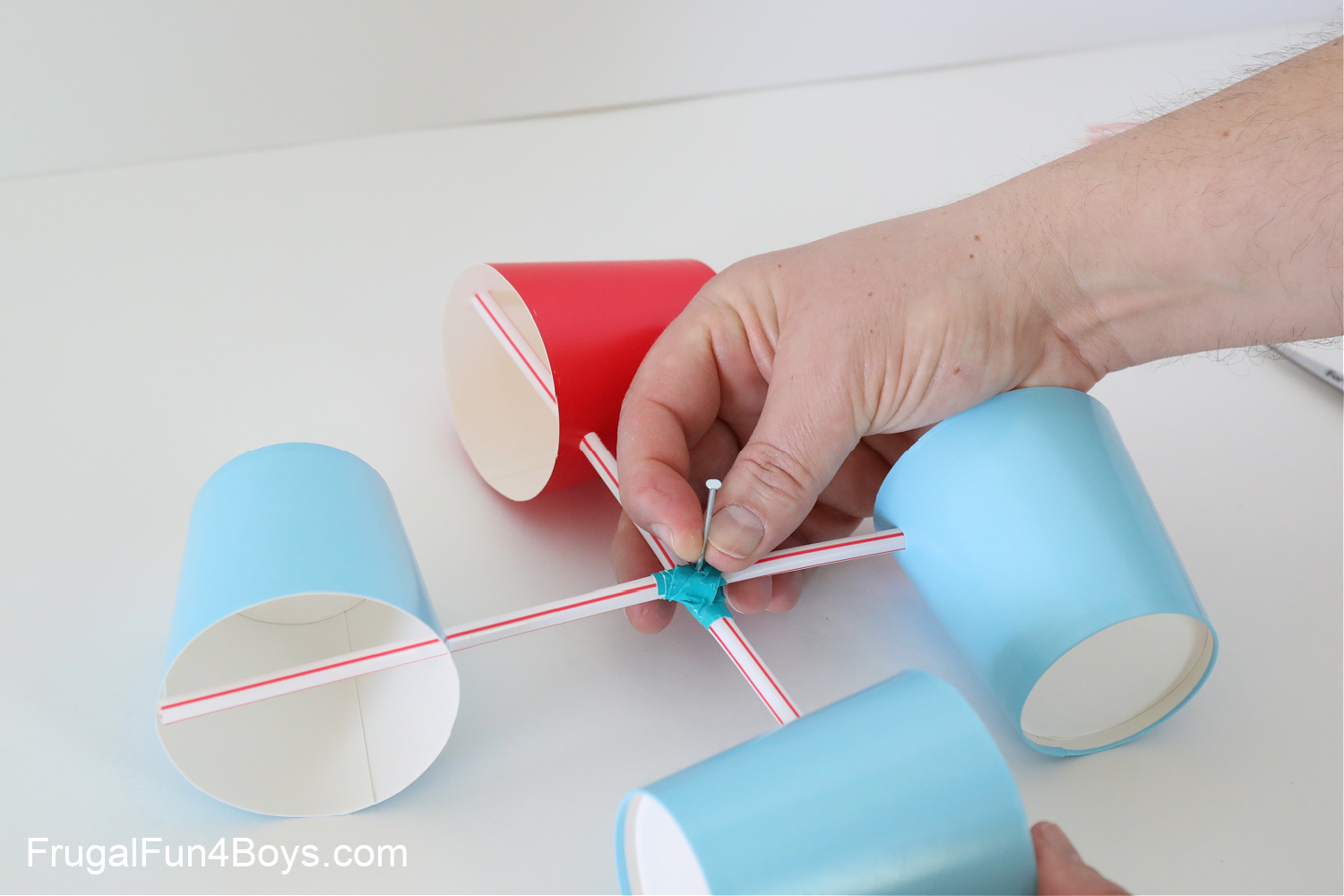Comparing Digital and Mechanical Anemometers: Which is Right for You?
Comparing Digital and Mechanical Anemometers: Which is Right for You?
Blog Article
All You Required to Understand About Anemometers: Just How They Function, Why They Matter, and Where to Utilize Them
Anemometers, however commonly forgotten in the realm of scientific tools, play a critical role in numerous fields, using important understandings into wind rate and airflow patterns. Understanding the mechanics behind these tools is essential for anybody seeking to harness the power of this information. From meteorologists tracking weather condition patterns to designers designing structures with wind tons in mind, the applications of anemometers are significant and diverse. As we dive into the intricacies of anemometer innovation, we will reveal the internal functions of these gadgets, their importance, and the crucial considerations when choosing the ideal anemometer for certain applications.

Anemometer Basics
A crucial tool used to determine wind speed and instructions, the anemometer plays a crucial function in meteorology and different markets. An anemometer normally is composed of three or four mugs that turn in the wind, a vane that directs into the wind, and sensing units to track the turnings or activities. By calculating the turnings or movements over a specific period, the anemometer can establish wind rate. The vane helps establish wind instructions by pointing right into the wind, supplying important information for weather condition forecasting, aeronautics, maritime operations, environmental tracking, and wind energy applications.
There are different kinds of anemometers offered, consisting of mug anemometers, vane anemometers, hot-wire anemometers, and sonic anemometers, each with its distinct attributes and applications. Cup anemometers are frequently made use of for basic wind speed measurements, while vane anemometers are favored for directional dimensions.
Principles of Anemometer Procedure
Structure on the fundamental understanding of anemometer basics, the concepts of anemometer procedure illuminate the technicians behind wind rate and instructions dimensions. Anemometers operate on the concept of air flow affecting a sensing unit, creating it to rotate. Cup anemometers, for instance, have three or more cups that catch the wind, triggering them to rotate quicker as the wind rate rises. The turning rate is after that converted into a wind rate dimension. Vane anemometers, on the other hand, use a tail or a probe that aligns itself with the wind direction, providing learn the facts here now a measurement of wind direction based upon the orientation of the sensing unit. Hot-wire anemometers rely upon a heated wire that cools down as wind passes over it, with the rate of cooling establishing the wind speed. Ultrasonic anemometers measure wind speed and direction by assessing the time it takes for ultrasonic signals to travel between transducers. Comprehending these concepts is vital for trusted and accurate wind dimensions in different applications.
Significance of Anemometers
Anemometers play a vital duty in measuring wind speed and direction, offering essential data for weather projecting, environment research studies, environmental tracking, and air travel operations. Meteorologists rely on anemometers to collect exact wind information, assisting them comprehend climate patterns, predict storms, and issue timely cautions to the public. Wind ranch drivers utilize anemometers to examine wind conditions and take full advantage of electricity production from wind generators.
Applications Across Numerous Industries
In the renewable power field, anemometers play a critical role in analyzing wind conditions for wind ranch positionings, making sure optimal power manufacturing. Industries like construction and mining utilize anemometers to keep an eye on wind rates, vital for safety and security protocols, specifically when functioning at elevations or in open-pit mines where strong winds can present risks. In agriculture, anemometers assist farmers in taking care of plant spraying by providing real-time data on wind rate to prevent drift.

Selecting the Right Anemometer for Your Needs
Picking the appropriate anemometer customized to your certain demands is necessary for obtaining accurate wind speed and direction measurements. When selecting an anemometer, take into consideration variables such you could look here as the designated application, needed dimension array, ecological problems, and preferred attributes. For basic objectives, a mug anemometer appropriates for gauging wind rate, while a vane anemometer provides wind direction data. Hot-wire anemometers are suitable for reduced airspeed dimensions, and ultrasonic anemometers use high precision and resilience.

Final Thought
In verdict, anemometers play a vital role in determining wind rate and instructions throughout various markets. It is crucial to take into consideration the importance of anemometers in order to read make enlightened choices when picking the most suitable gadget for gauging wind problems.
There are various types of anemometers readily available, including cup anemometers, vane anemometers, hot-wire anemometers, and sonic anemometers, each with its special features and applications. Cup anemometers are typically utilized for standard wind rate dimensions, while vane anemometers are preferred for directional measurements. Hot-wire anemometers are appropriate for low airspeeds, and sonic anemometers are excellent for high-precision dimensions in research and commercial setups.Structure on the fundamental understanding of anemometer essentials, the concepts of anemometer procedure clarify the technicians behind wind rate and instructions measurements. For general functions, a mug anemometer is appropriate for determining wind speed, while a vane anemometer gives wind direction information.
Report this page